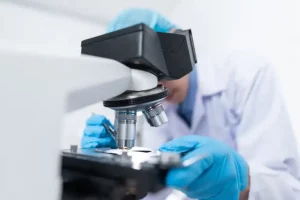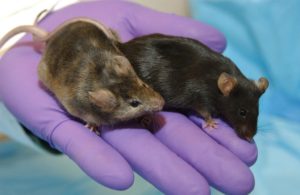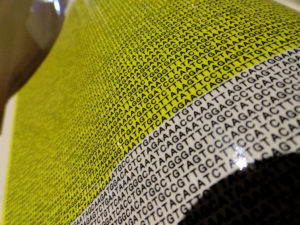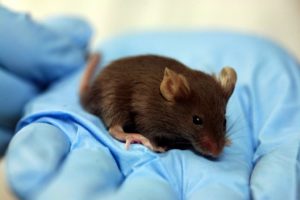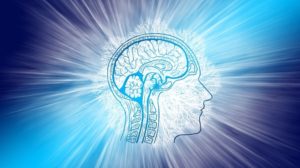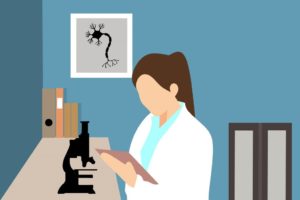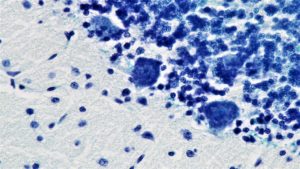
A New Use for Old Drugs
Written by Dr. Amy Smith-Dijak Edited by Logan Morrison Basic biology helps identify a new treatment for ataxia Drug design doesn’t always have to start with a blank slate. Sometimes understanding how existing drugs work can help researchers to design new ones, or even to recombine old drugs in new Read More…


